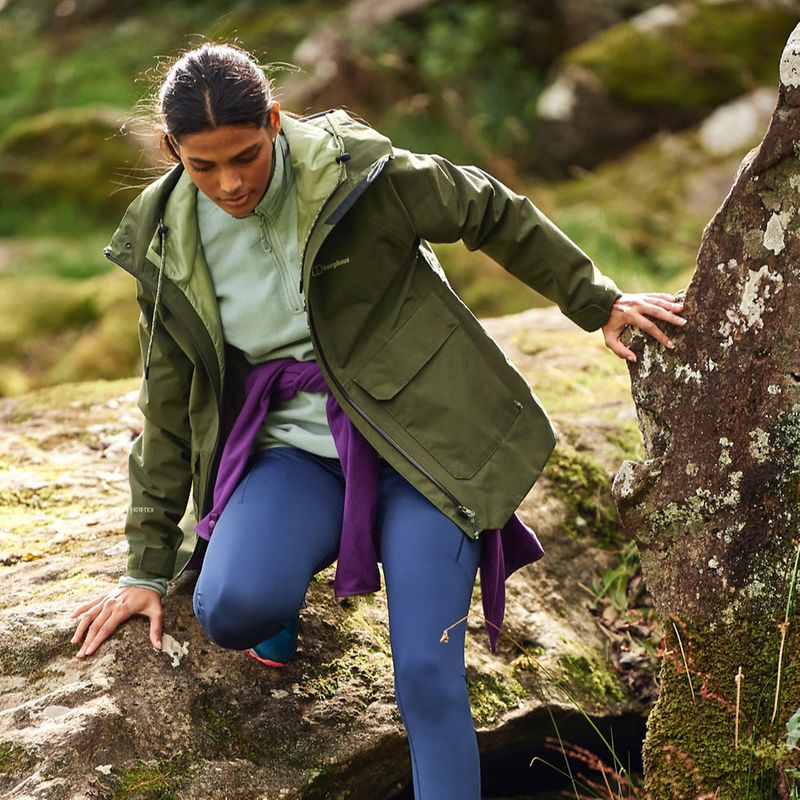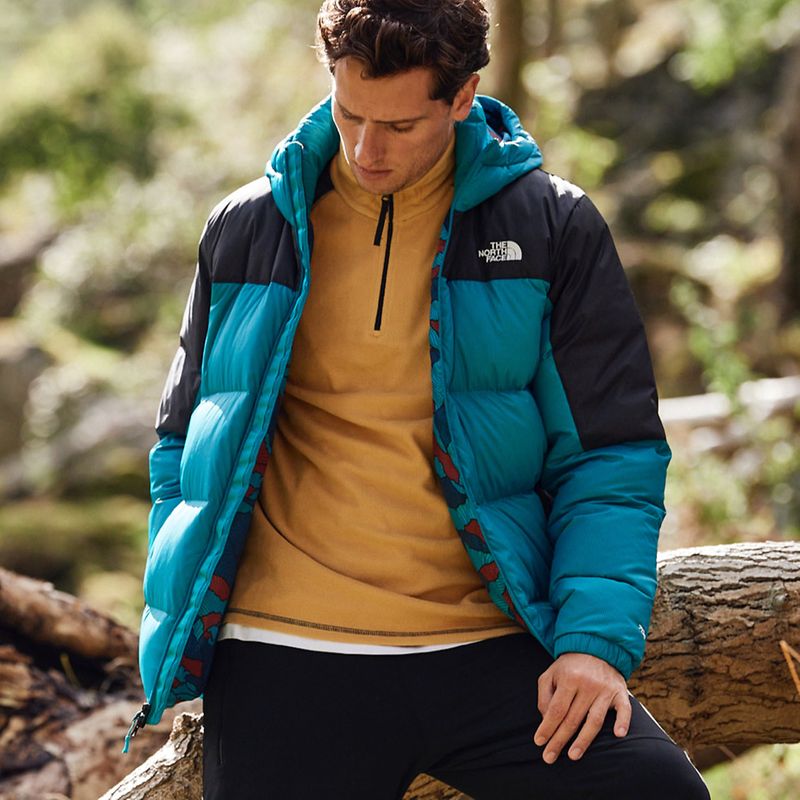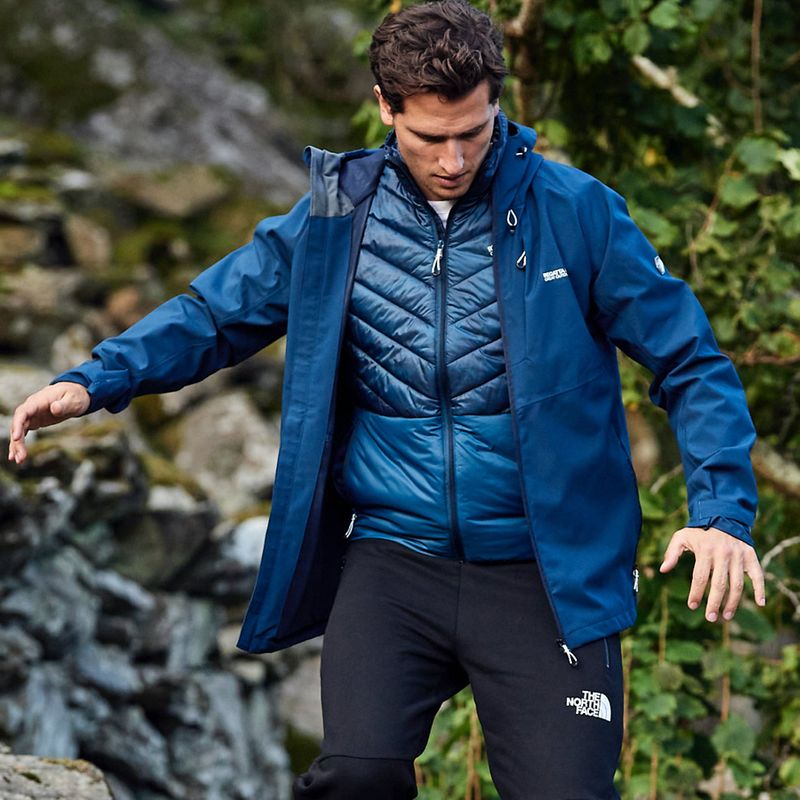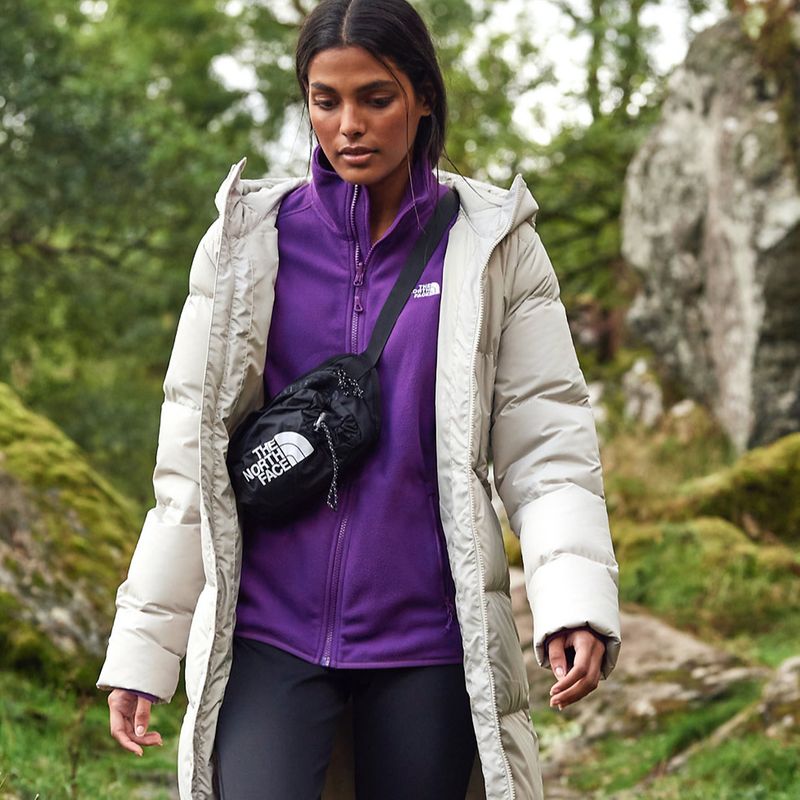A GUIDE TO LAYERING CLOTHES
Adventure is all about embracing the weather, whatever it throws at us, and using the layering system effectively is essential to staying warm, dry and comfortable in all conditions. There’s no established formula for a layering system, as the type of layers you need depend on your activity and the weather conditions. Understanding how each layer works independently, and as part of a system, will help you to build the right layering system for your adventures.



